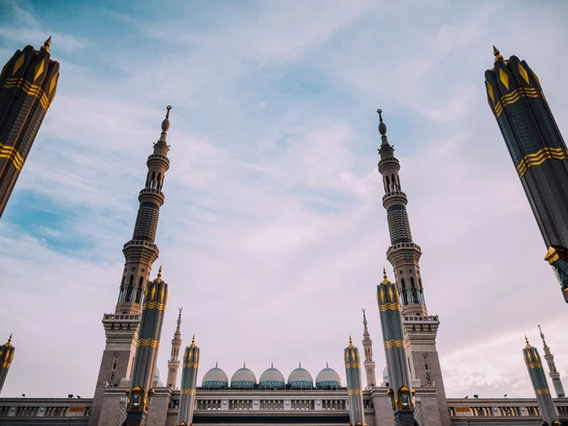Saudi Arabia – Culture of the Gulf’s Jewel
In our previous blog we shared a few things regarding relocating to Saudi Arabia and some of the attractions of the capital Riyadh. But that’s not all that this beautiful country has to offer.
The culture of Saudi Arabia is defined by its Islamic heritage, its historical role as an ancient trade center and its Bedouin traditions. Despite the fact that Saudi Arabia’s population has traditionally been composed of nomads, villagers and townspeople, what really makes her a crown’s gem are actually her culture, unique heritage and vivid and lively festivals.
The Kingdom’s ancestry can be noticed across the whole country, especially in cultural monuments such are Al-Ahsa Oasis, Historic Jeddah and Hegra.
Al-Ahsa Oasis is a vast valley comprising gardens, canals, springs, wells and a drainage lake, as well as historical buildings, urban fabric and archaeological sites. They represent traces of continued human settlement in the Gulf region from the Neolithic to the present day. This transition can be seen in the remains of historic fortresses, mosques, wells, canals and other water management systems.
Jeddah is a Saudi Arabian port city, settled on the shores of the Red sea. Since the 7th century AD, historic Jeddah was established as a major port for Indian Ocean trade routes. It wasn’t just important for channeling goods to Mecca, but it was also the gateway for Muslim pilgrims to Mecca who arrived by sea.
One of the most important sites regarding cultural heritage of Saudi Arabia is Hegra, also referred to as Hegra Archaeological site. Hegra was the first World Heritage property to be inscribed in Saudi Arabia. The significance of this site lies in well-preserved monumental tombs with decorated facades dating from the 1st century BC to the 1st century AD, and therefore being the largest conserved site of the civilization of the Nabataeans south of Petra in Jordan.
Apart from these historical monuments, other things that make Saudi Arabia special are her colorful festivals.
One of them, and the most important event in Saudi Arabia is the one that dates back to September 23rd, 1932, the Unification of Saudi Arabia Kingdom, also referred to as Saudi National Day. It is widely celebrated with folk dances, songs and traditional festivities. Roads and buildings are decorated with Saudi flags, and people wear the national colors of green and white and display balloons in the same in order to show their pride and love for their country.
Janadriyah National Festival, also referred to as Al-Janadriyah is one of the best festivals in KSA that celebrates local culture and heritage. It is organized by the national guard and the first festival that took place was back in 1985. Poetry evenings, camel racing, book fairs, Saudi Ardah, to name a few are some of the activities that take place during this festival.
Even though the winters might not be as harsh in Saudi as some of you might be used to, that doesn’t mean that locals don’t embrace the beginning of spring with arms wide open. Riyadh’s Spring Festival is an amazing event that celebrates nature, and its main focus is on displaying an array of flowers, ornamental plants, gardens, designing and landscaping and landscape architecture through a spectacle of warm colors and outdoor activities.
So, even though Saudi society has evolved over the years, their values and traditions from customs, hospitality are still very entwined with the modern day, which makes this country a great example of preserved history in the futuristic age – a true Jewel of the Orient.


